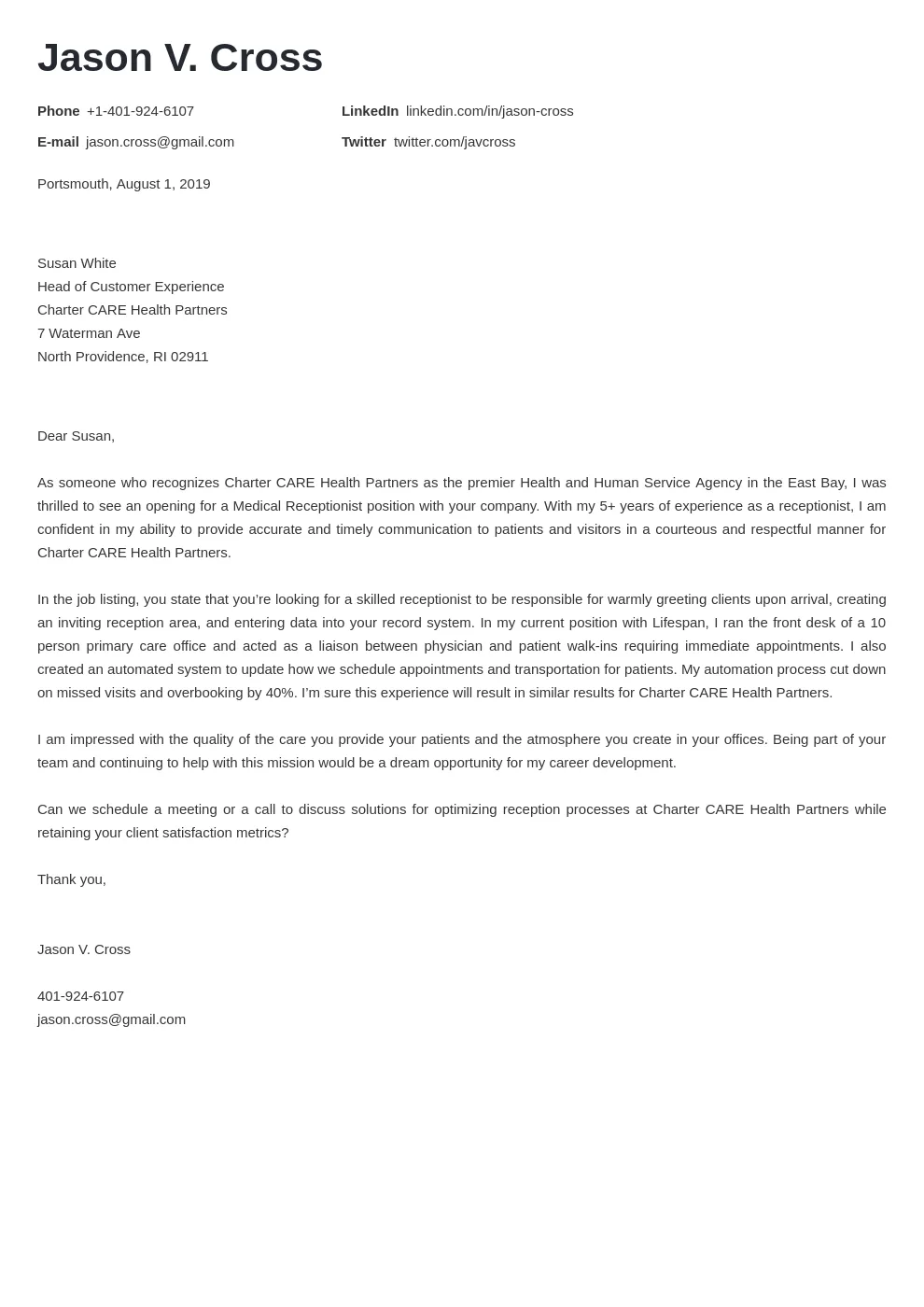What is a Cover Letter?
A cover letter is a crucial document that accompanies your resume when applying for a job. It serves as your introduction to a potential employer, providing a concise summary of your qualifications, skills, and experience. Unlike a resume, which is a factual record of your professional history, a cover letter allows you to express your personality, demonstrate your enthusiasm for the role, and explain why you are a good fit for the company. It’s your chance to make a strong first impression and convince the hiring manager to read your resume with interest. The cover letter helps you to stand out from the crowd.
Why is a Cover Letter Important?
In a competitive job market, a well-crafted cover letter can be the deciding factor in whether or not you get an interview. It shows that you’ve taken the time to understand the job requirements and the company’s values. It also provides an opportunity to address any potential gaps in your resume or to explain why you’re making a career change. Many employers appreciate a cover letter as it provides context for your resume. A cover letter can be your secret weapon. It allows you to highlight specific skills and experiences that are relevant to the job and to make a personal connection with the hiring manager. Therefore, it provides a more holistic view of the candidate than just a resume.
Understanding the Purpose
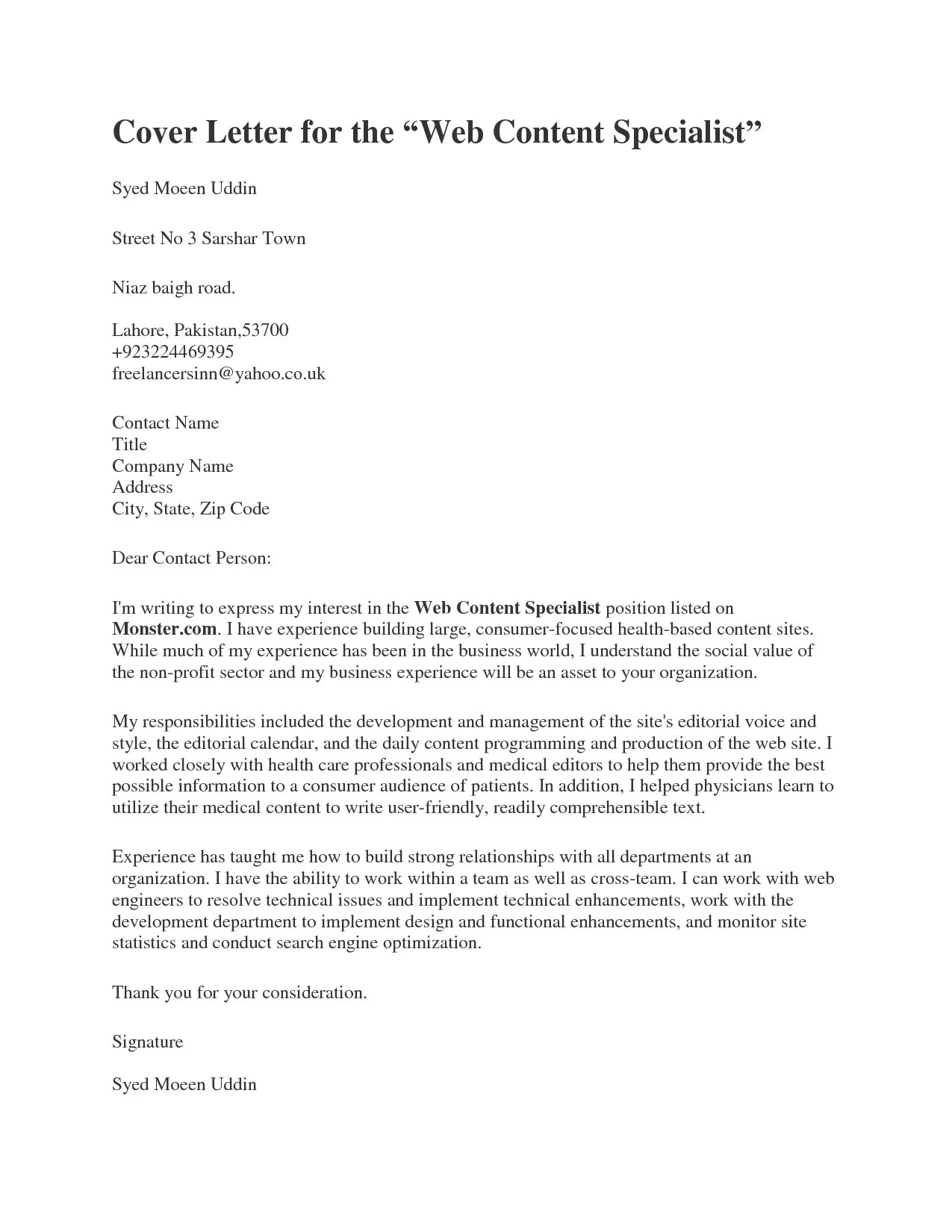
The primary purpose of a cover letter is to introduce yourself, express your interest in the position, and explain why you’re the best candidate. It’s also a chance to demonstrate your writing skills and your ability to communicate effectively. The letter should be tailored to the specific job and company, showcasing your understanding of their needs and how your skills align with their goals. It should also be used to build a bridge from your resume to the job requirements. Always keep your cover letter purpose in mind.
Key Elements of a Cover Letter
A strong cover letter typically includes several key elements. Start with your contact information, followed by the date and the recipient’s contact information. A clear and concise salutation, addressed to the hiring manager whenever possible, sets a professional tone. The body of the letter should highlight your relevant skills and experience, explaining why you’re a good fit for the role. The closing should reiterate your interest, thank the hiring manager for their time, and include a call to action. Proofreading is essential to ensure your letter is free of errors.
Contact Information Section
The contact information section is usually found at the top of the cover letter. It should include your full name, address, phone number, and email address. Make sure your email address sounds professional. You should also include the date you are sending the letter and the hiring manager’s or company’s contact information, if available, directly below your information or just before the salutation. This allows the hiring manager to easily reach you. Verify all of your contact information for accuracy.
Salutation: How to Address the Hiring Manager
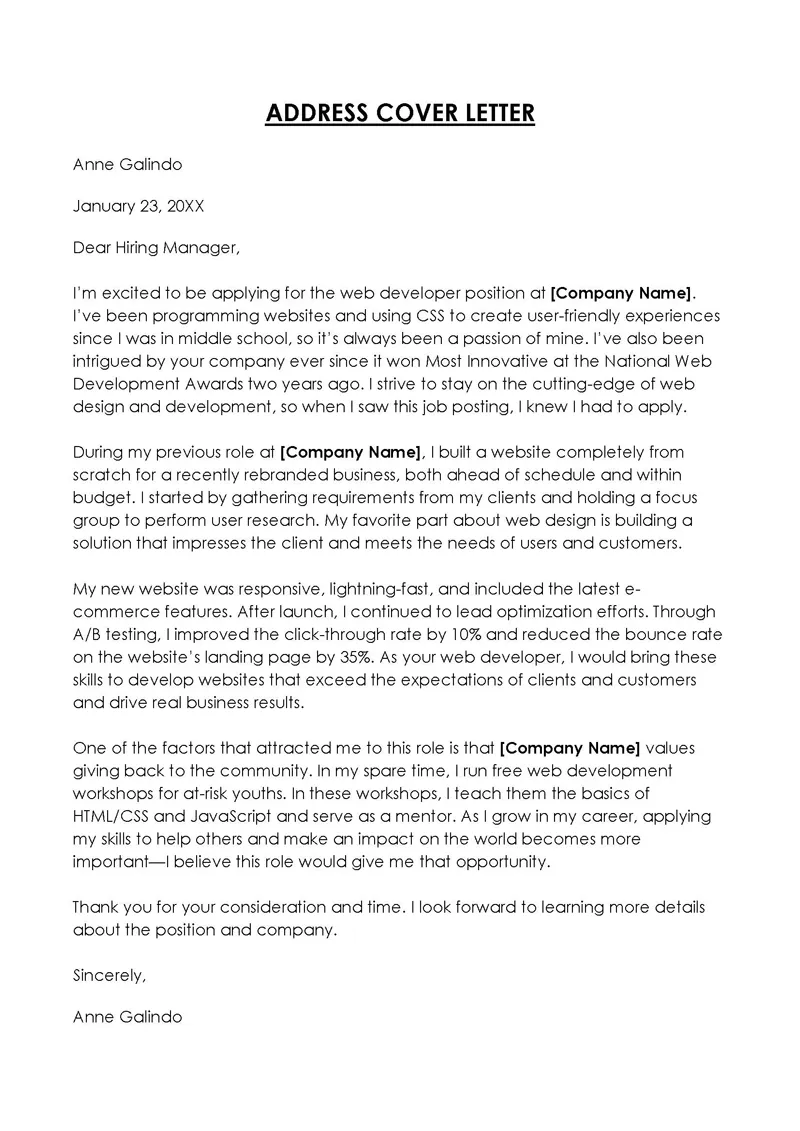
The salutation is your first opportunity to make a positive impression. Ideally, address the hiring manager by name, using ‘Dear Mr. / Ms. / Dr. [Last Name]’. This shows that you’ve taken the time to research the company and personalize your application. If you’re unsure of the hiring manager’s name, try to find it on the company website, LinkedIn, or by calling the company. When you are unsure of the gender, use their full name. If you cannot find a specific name, there are alternative salutations that are acceptable. Remember that the correct salutation sets a professional tone.
Addressing the Letter When the Contact is Unknown
If you cannot find the hiring manager’s name, there are several acceptable alternatives. ‘Dear Hiring Manager’ or ‘Dear [Department Name] Hiring Team’ are both professional options. Avoid generic greetings such as ‘To Whom It May Concern,’ as they can come across as impersonal. It is better to use a general salutation than no salutation at all. If a name is not available, your greeting needs to be professional and informative.
Researching the Hiring Manager
Before sending your cover letter, take the time to research the hiring manager. LinkedIn is an excellent resource for finding their name, title, and professional background. You can also check the company website, news articles, or press releases. This research not only allows you to personalize your salutation but also enables you to tailor your cover letter to their specific needs and interests. Understanding the hiring manager can give you an advantage. Showing that you’ve done your homework demonstrates your initiative and genuine interest in the position and the company.
Alternatives to ‘To Whom It May Concern’
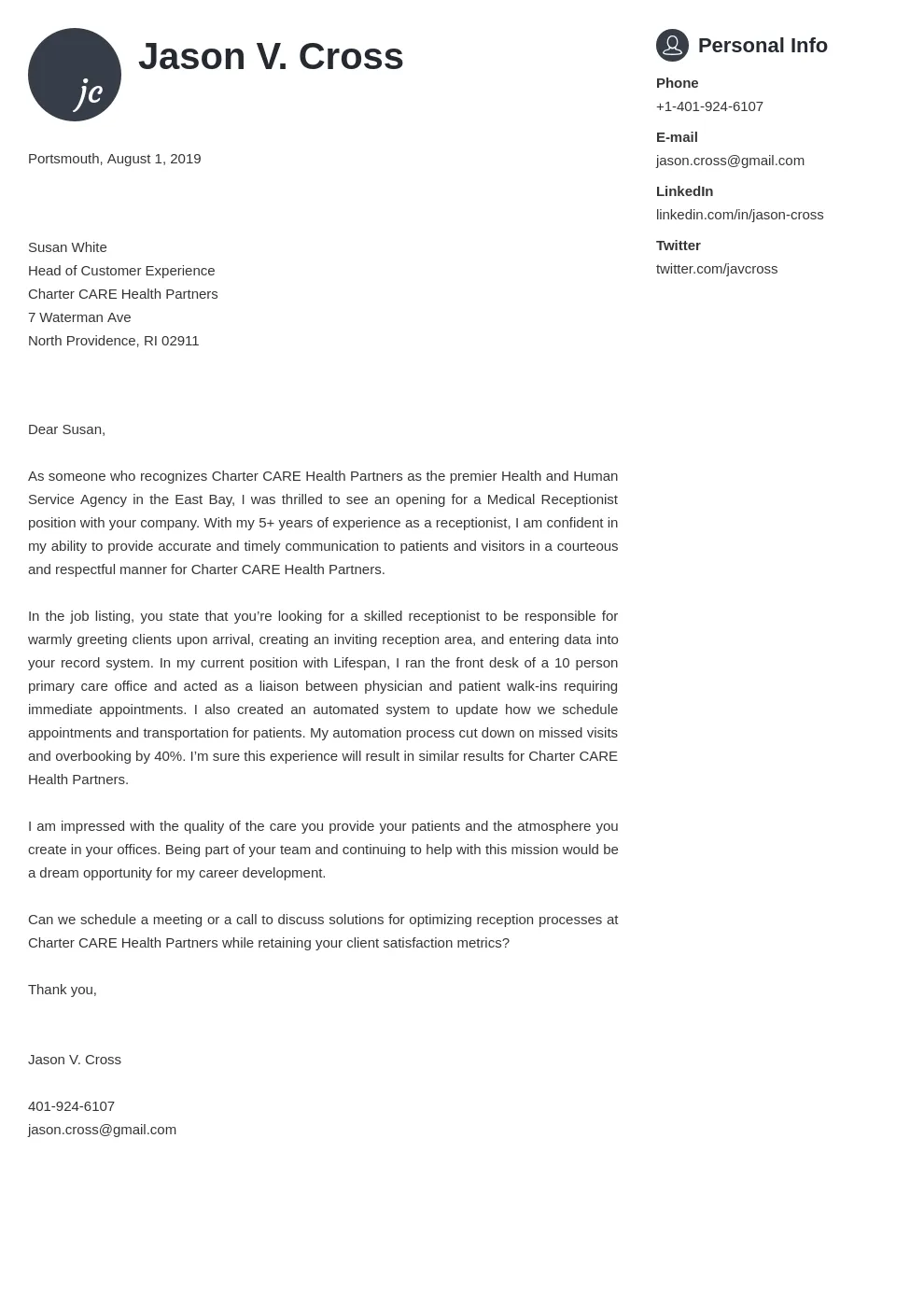
‘To Whom It May Concern’ is a phrase that has become outdated and can make your cover letter sound impersonal. Instead, consider using ‘Dear Hiring Manager,’ ‘Dear [Department Name] Team,’ or ‘Dear [Company Name] Recruiting Team.’ If you know the name of the department you’re applying to, that can also be used. Always aim for a more personal and engaging greeting to capture the reader’s attention and demonstrate your proactive approach to the application process.
Crafting the Body of the Cover Letter
The body of your cover letter is where you explain why you’re the best fit for the job. Begin by stating the position you’re applying for and how you found the opportunity. Highlight your relevant skills, experience, and accomplishments, using specific examples to demonstrate your abilities. Connect your qualifications to the job requirements, showing how you can contribute to the company’s success. Tailor your language and content to align with the company’s values and the specific needs of the role. Make the body of your letter the heart of your communication.
Highlighting Relevant Skills and Experience
Focus on the skills and experiences that are most relevant to the job. Review the job description carefully and identify the key requirements. Use action verbs to describe your accomplishments and quantify your achievements whenever possible. For example, instead of saying ‘Managed projects,’ you might say ‘Managed five projects simultaneously, delivering them on time and under budget.’ This approach provides concrete evidence of your capabilities and makes your cover letter more compelling. Make sure you include the job title when referencing your experience.
Tailoring the Cover Letter to the Job Description
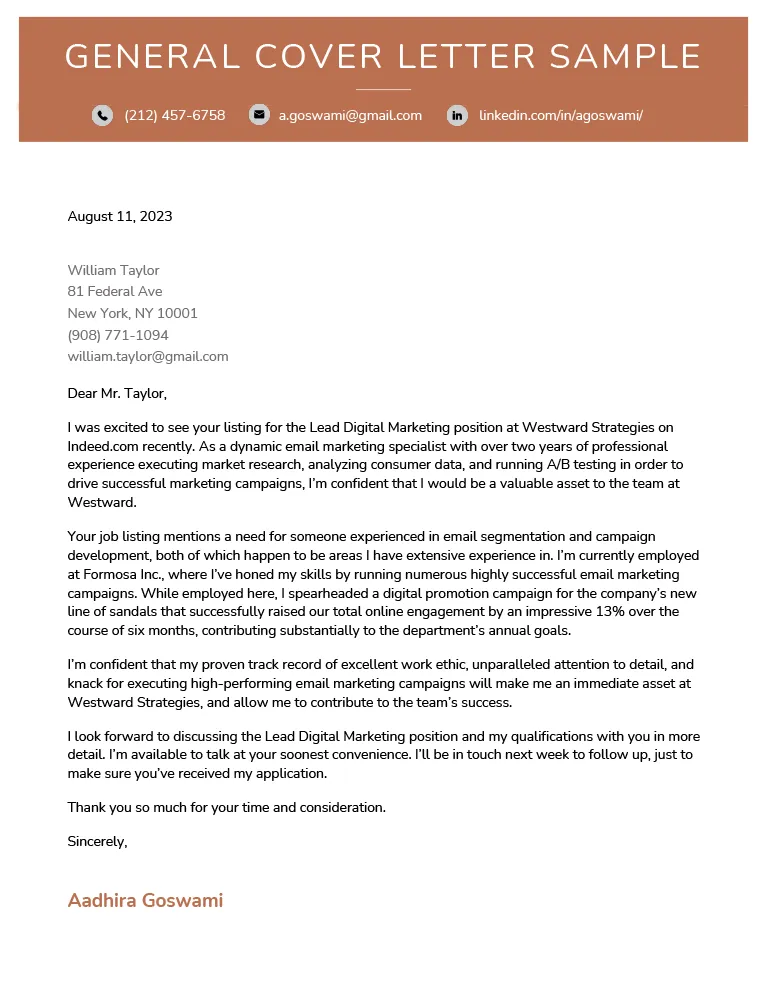
Customize your cover letter for each job application. Avoid using a generic template. Carefully review the job description and identify the key qualifications and requirements. Use the same keywords and phrases that the company uses in its description. Explain how your skills and experience align with their needs. This shows the hiring manager that you’ve taken the time to understand the role and the company’s expectations. Show that you have a good grasp on what the company is seeking.
Closing Your Cover Letter Effectively
Your closing paragraph should reiterate your interest in the position, thank the hiring manager for their time and consideration, and include a call to action. Express your enthusiasm for the opportunity and your confidence in your ability to contribute to the company’s success. Keep the tone professional and enthusiastic. Make sure to end with a positive statement.
Ending with a Strong Call to Action
A strong call to action prompts the hiring manager to take the next step. For example, you can state that you look forward to the opportunity to discuss your qualifications further in an interview. You might also mention your availability for an interview. This will help the hiring manager in the decision making process. By including a call to action, you make it easy for the hiring manager to respond and move forward with your application.
Proofreading and Formatting Your Cover Letter

Before sending your cover letter, carefully proofread it for any grammatical errors, typos, or inconsistencies. Ensure that your formatting is clear, consistent, and professional. Use a readable font, such as Times New Roman or Arial, and maintain consistent spacing and margins. Have a friend or family member review your cover letter as well. An error-free cover letter demonstrates attention to detail. A well-formatted cover letter makes it easy for the hiring manager to read.
In conclusion, writing an effective cover letter is an essential part of the job application process. By following these guidelines, you can create a compelling cover letter that highlights your qualifications, demonstrates your enthusiasm, and increases your chances of landing an interview. Remember to always tailor your cover letter to the specific job and company. Good luck with your job search!
